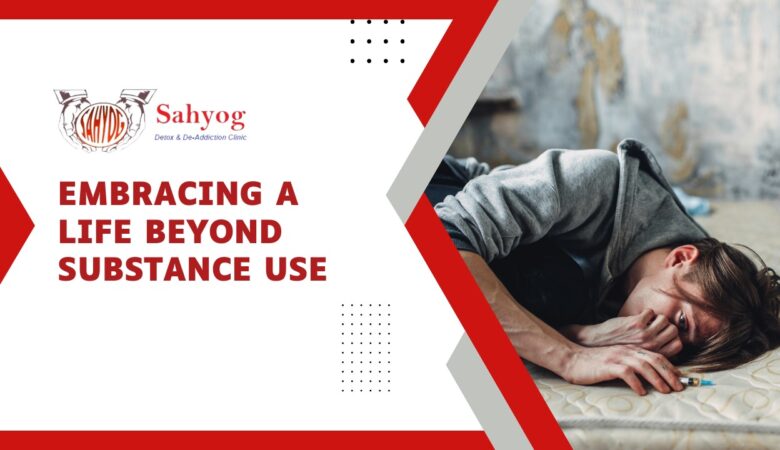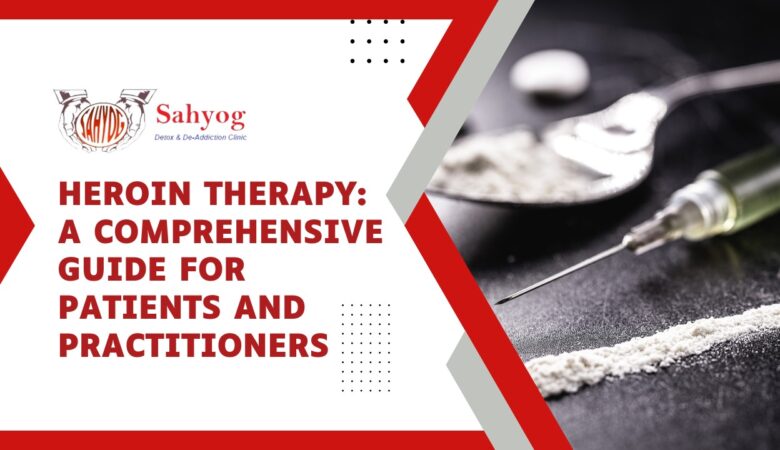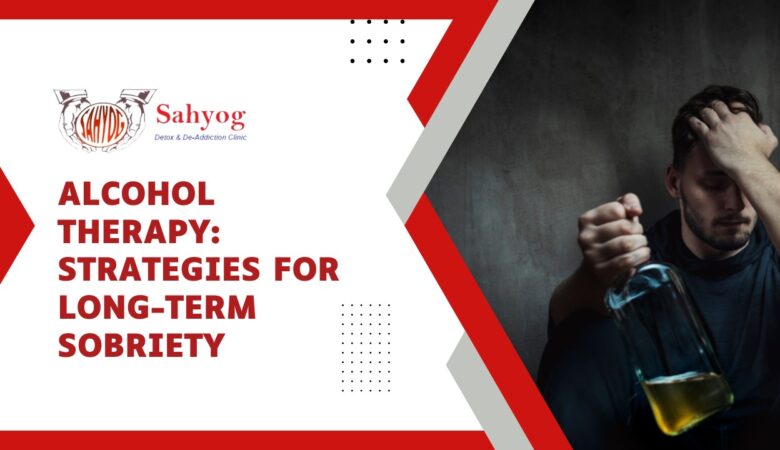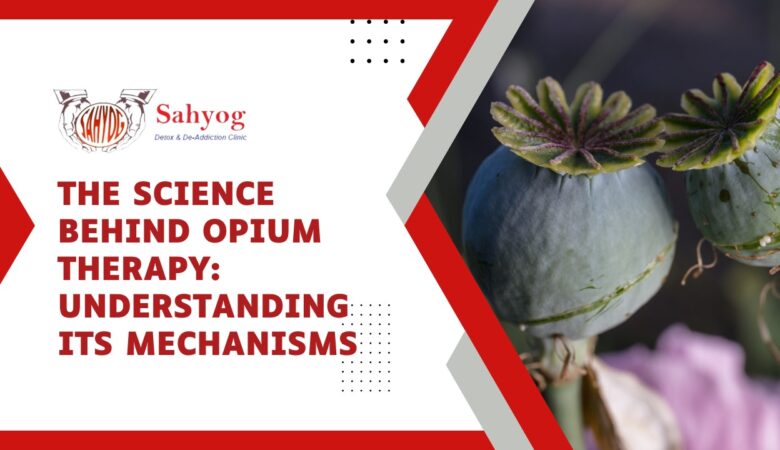Supporting the Depressed: Choosing Right Words
Welcome to our blog post on supporting the depressed! Depression is a serious mental health condition that affects millions of people worldwide. It can be incredibly challenging for those experiencing it and equally difficult for their loved ones who want to provide support. In this article, we will explore the power of words when offering support to someone with depression, as well as provide you with positive and empathetic phrases to use. We will also discuss the importance of listening and knowing when it’s necessary to seek professional help. So let’s dive in and learn how our choice of words can make a significant difference in supporting those who are struggling with depression! Understanding Depression and Its Effects Depression is a complex and multifaceted mental health condition that goes beyond just feeling sad. It affects a person’s emotions, thoughts, behaviors, and physical well-being. It can manifest as persistent feelings of sadness, loss of interest in activities once enjoyed, changes in appetite or sleep patterns, difficulty concentrating, and even physical symptoms like headaches or stomachaches. One important thing to understand about depression is that it is not simply a matter of “snapping out of it” or “thinking positive.” It is a real illness with biological and environmental factors at play. The brain chemistry of someone with depression may be imbalanced, making it harder for them to experience pleasure or regulate their moods. Depression also has far-reaching effects on various aspects of life. Relationships may suffer as the individual withdraws from social interactions due to lack of energy or self-esteem issues. Work performance may decline due to difficulties in concentration and motivation. Additionally, daily tasks like getting out of bed or taking care of personal hygiene can become overwhelming challenges. By understanding the complexities and impacts of depression, we can approach our loved ones with empathy and compassion rather than judgment or impatience. Remembering that depression is an illness will help us create an environment where support can flourish without adding any unnecessary burden on those who are already struggling internally. The Power of Words Words have an incredible power to uplift, inspire, and heal. They can also have a devastating impact when used insensitively or without empathy. When it comes to supporting someone who is depressed, choosing the right words becomes even more crucial. Depression is a complex mental health condition that affects millions of people worldwide. It can leave individuals feeling isolated, hopeless, and misunderstood. In such moments, the words we use hold immense significance. Positive phrases like “I’m here for you”, “You are not alone”, or “I believe in you” can convey love and support. These simple statements remind them they have someone on their side during this difficult journey. On the other hand, negative phrases like “Snap out of it”, “Just think positive”, or “It’s all in your head” can be dismissive and invalidate their experiences. Such remarks may further isolate them and make them feel guilty for their emotions. Instead of offering quick fixes or solutions, choose empathetic phrases such as “I’m sorry you’re going through this,” or “Take all the time you need.” Listening actively without judgment allows space for open dialogue where they feel heard and understood. While being supportive with our words is essential when helping someone with depression, it’s vital to recognize our limitations too. Encourage professional help by suggesting therapy or counseling options available in their area. Professionals are trained to provide specific tools and strategies necessary for healing from depression. Positive and Negative Phrases to Avoid When it comes to supporting someone who is depressed, the words we choose can have a profound impact on their well-being. It’s important to be mindful of the language we use when speaking with a person who is struggling with depression. By avoiding negative phrases and using positive ones instead, we can contribute to their healing process. One phrase that should be avoided is “just snap out of it.” This dismissive statement implies that the individual has control over their depression and can simply choose to feel better. However, depression is not something one can easily overcome by sheer willpower alone. Similarly, saying “you’re being too sensitive” diminishes the validity of their emotions. Depression often magnifies every emotion they experience, making them feel more intensely than usual. Dismissing or belittling these feelings only adds to their pain and isolation. Another phrase to avoid is “it could be worse.” While this may be true in some cases, comparing their struggles to others’ does not minimize their own suffering. Each person’s experience with depression is unique, and telling them that others have it worse invalidates what they are going through. Instead of using negative phrases like these, opt for supportive alternatives. Show empathy by saying things like “I’m here for you,” or “I care about your well-being.” Letting them know that you are available as a compassionate listener creates an atmosphere where they feel safe opening up about their struggles. Using affirming statements such as “you matter” or “your feelings are valid” helps validate their experiences and reinforces self-worth. Remind them that seeking help is a sign of strength rather than weakness: “It takes courage to ask for support.” Choosing our words carefully when interacting with someone who is depressed plays a vital role in providing much-needed support. By avoiding negative phrases and opting for empathetic and supportive ones instead, we create an environment where individuals feel understood, valued, and encouraged on their journey toward healing. Empathetic and Supportive Phrases to Use Empathetic and supportive phrases can make a world of difference for someone struggling with depression. When choosing our words, it’s essential to remember that empathy is key. Here are some phrases that can provide comfort and support: “I’m here for you.” Letting someone know that you’re available to listen and offer assistance is incredibly important. It shows your willingness to be there during difficult times. “You’re not alone in this.” Reminding someone that they have a support system is reassuring. They need to understand










